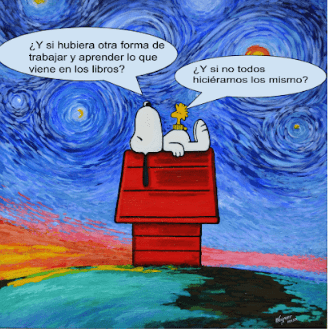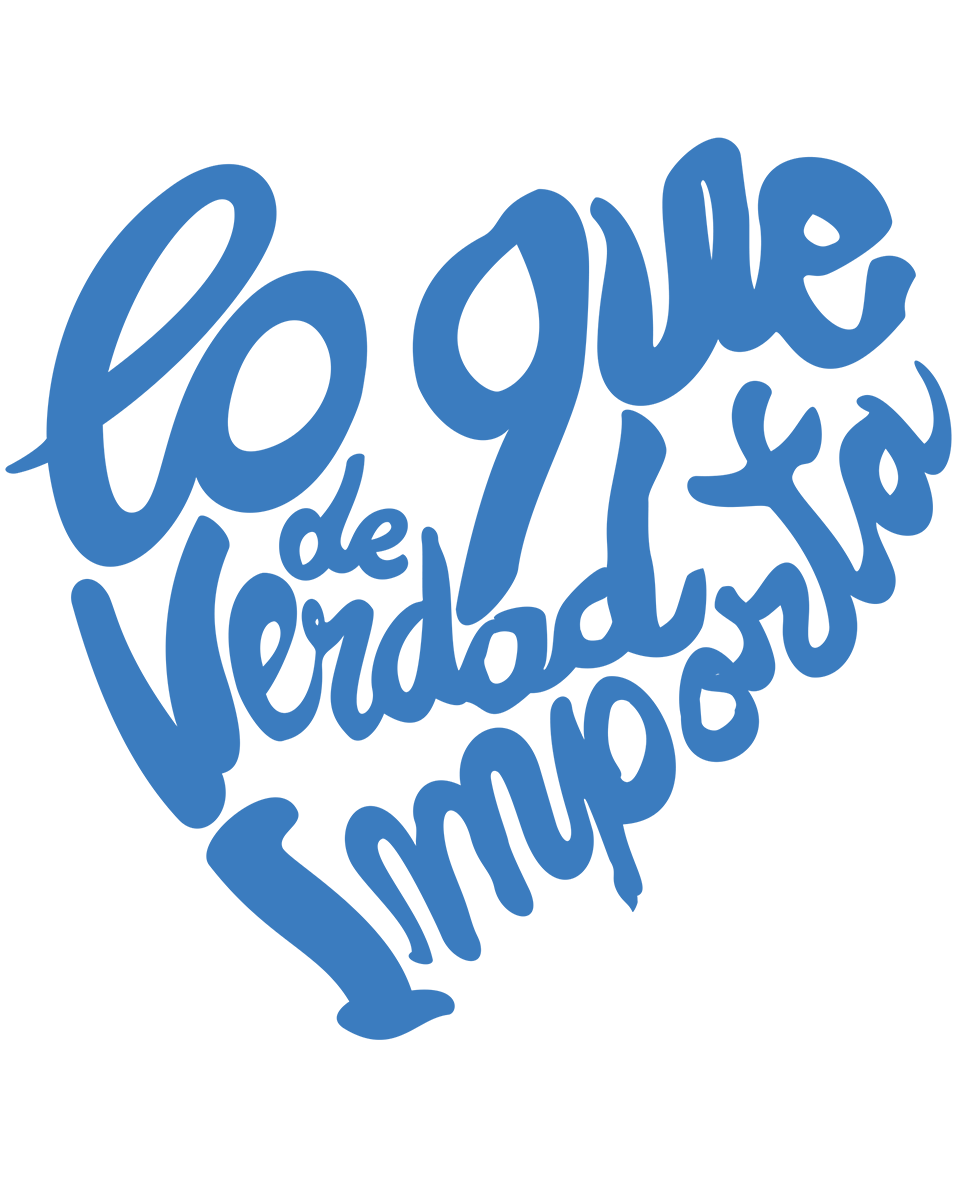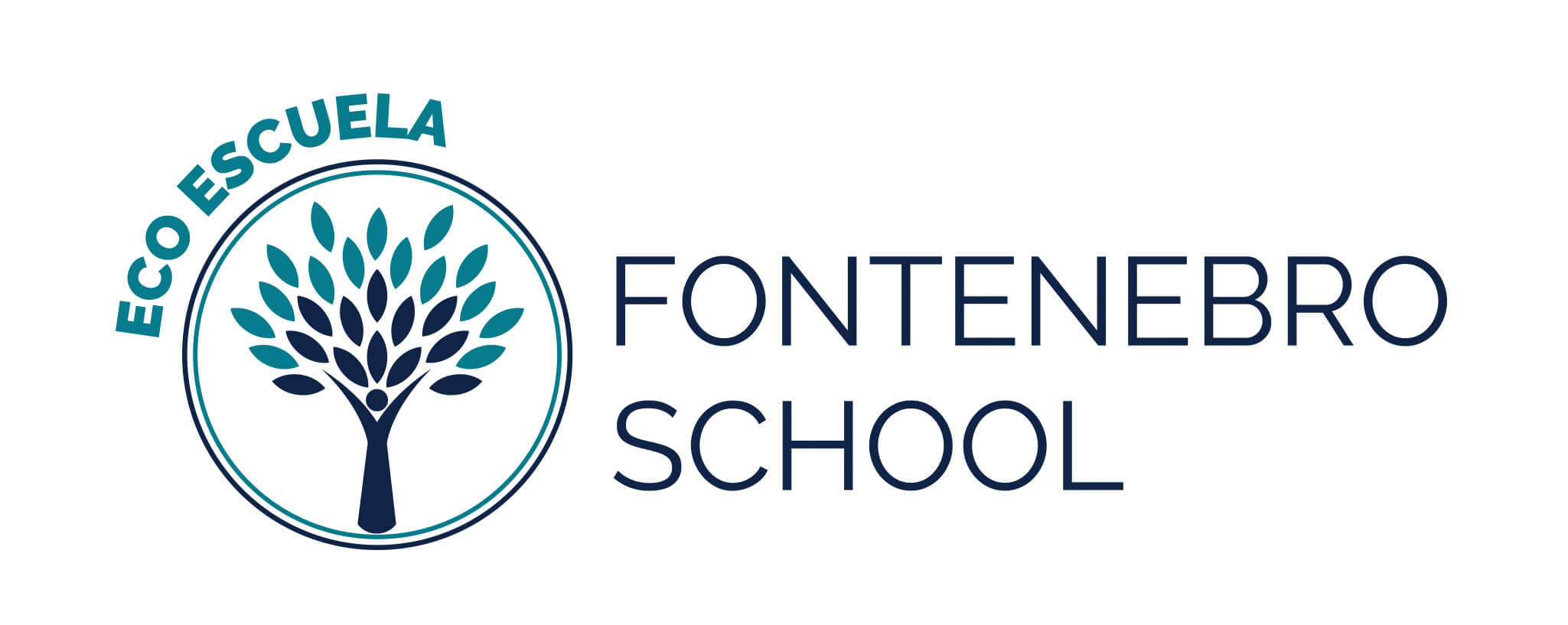What if there was another way to work and learn what comes in the books?
What are we going to do?
Taking into account the world in which we live and the needs/characteristics of our students, all the Primary school teachers have immersed ourselves in the world of LEARNING STATIONS. Learning Stations are areas where students work alone or with their peers using area-specific materials to explore and expand their capabilities. A place where the variety of activities (prior knowledge of the needs of each of our students) reinforces or extends learning under the supervision of teachers.
All this path of teaching has given teachers a background where we know that students need motivation for their learning to be meaningful, and with this type of proposal we achieve that students are the protagonists of their learning, offering them autonomy and decision-making. , adapting to the different rhythms and learning styles of each one. The purpose of the learning stations is to provide students with autonomy, decision-making, problem-solving, creative, empathy, collaborative and artistic capacity, without losing focus on daily work and perseverance.
How do we start?
Each teacher begins to create corners or spaces in the classroom that allow their development. The first step is to determine which stations we want in the classroom, this resulted from the student’s age, their interests, as well as the needs detected by the teachers.
The curriculum “breaks” into activities which in turn are grouped by blocks. Students choose their own route using the route map provided by the teacher as a guide. At the end of the journey, the students create their own knowledge.
The stations are physical and/or virtual places where students find an activity that they must carry out and the material they need to carry it out.
On the other hand, this methodology in turn makes it possible to work multilevel. The stations are designed to adapt to the different levels that exist within a classroom, so there will be more complex stations with a higher level of demand and others adapted to lower levels.
In the student’s route sheet there are color codes or symbols that indicate the types of activities and/or the levels of depth.
Autonomy, involvement, cooperation, deep competency learning, personalization of teaching, motivation… The learning stations are a very complete and rigorous didactic tool to put into practice in the classroom.
Monica Herranz Gregorio.
Primary Teacher













![BAPParentLogo[5]](https://fontenebroschool.com/wp-content/uploads/2020/09/BAPParentLogo5.png)


